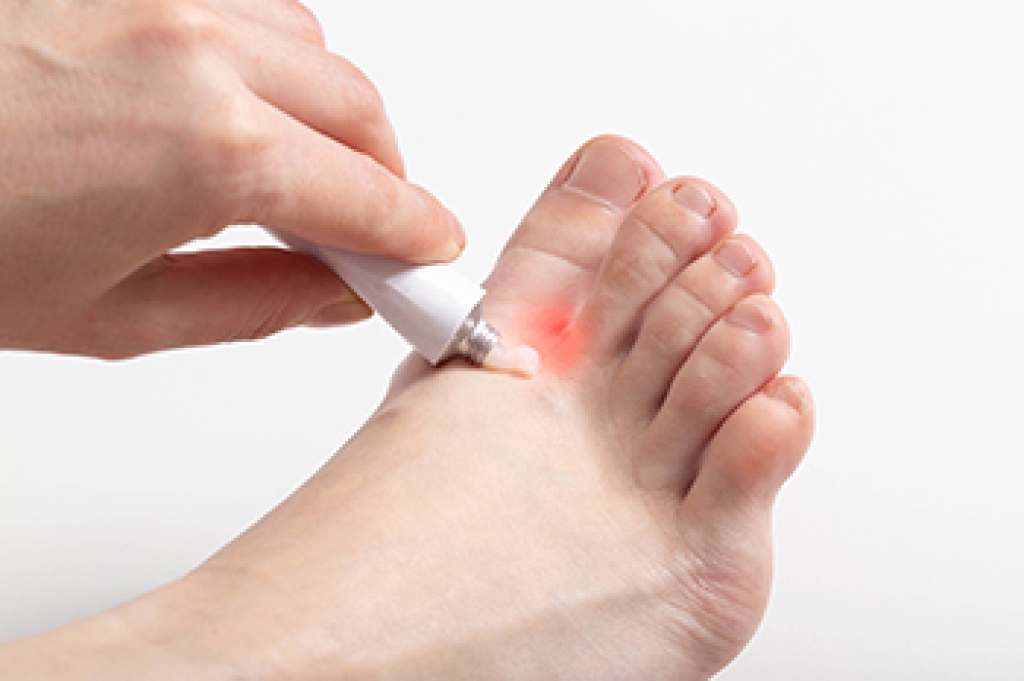
Athlete’s foot is a fungal infection that affects the skin of the feet, often beginning between the toes. It is caused by fungi that thrive in warm and moist environments, such as locker rooms, showers, and tight shoes. Symptoms include itching, burning, redness, peeling skin, and sometimes blisters. Risk factors include excessive sweating, wearing damp socks, sharing footwear, or walking barefoot in public areas. While mild treatments can help, recurring or severe cases may need professional care. A podiatrist can provide an accurate diagnosis, advanced antifungal treatments, and guidance on preventing reinfection. If you notice persistent symptoms of athlete’s foot, it is suggested that you schedule an appointment with a podiatrist who can effectively treat this condition.
Athlete’s foot is an inconvenient condition that can be easily reduced with the proper treatment. If you have any concerns about your feet and ankles, contact one of our podiatrists from Comprehensive Foot & Ankle Centers. Our doctors will treat your foot and ankle needs.
Athlete’s Foot: The Sole Story
Athlete's foot, also known as tinea pedis, can be an extremely contagious foot infection. It is commonly contracted in public changing areas and bathrooms, dormitory style living quarters, around locker rooms and public swimming pools, or anywhere your feet often come into contact with other people.
Solutions to Combat Athlete’s Foot
- Hydrate your feet by using lotion
- Exfoliate
- Buff off nails
- Use of anti-fungal products
- Examine your feet and visit your doctor if any suspicious blisters or cuts develop
Athlete’s foot can cause many irritating symptoms such as dry and flaking skin, itching, and redness. Some more severe symptoms can include bleeding and cracked skin, intense itching and burning, and even pain when walking. In the worst cases, Athlete’s foot can cause blistering as well. Speak to your podiatrist for a better understanding of the different causes of Athlete’s foot, as well as help in determining which treatment options are best for you.
If you have any questions please feel free to contact our offices located in Shepherdsville and Louisville, KY . We offer the newest diagnostic and treatment technologies for all your foot and ankle needs.




